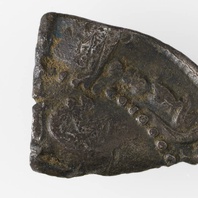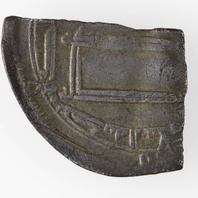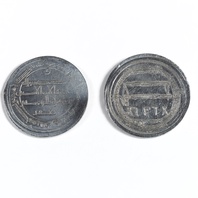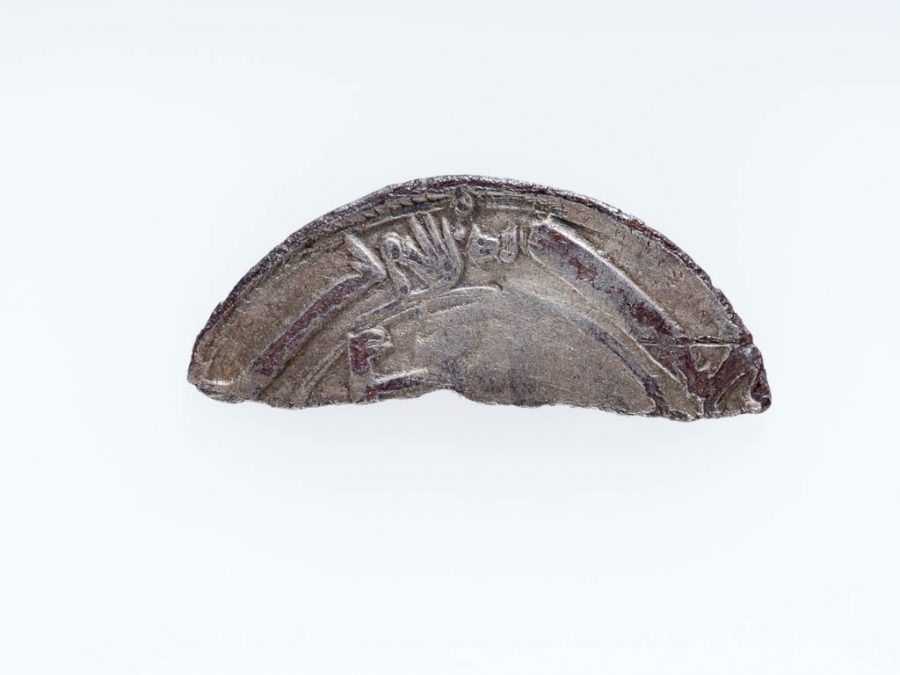
Description
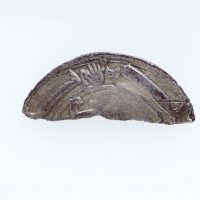
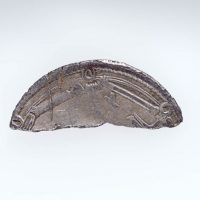
Abbasid Silver Dirham Fragment (CM_1770_2008)
A fragment of an Abbasid silver dirham found in Torksey, Lincolnshire
This fragment of a silver dirham was minted for the Abbasid ruler at Madinat al-Salam, [180-183] 796-799 CE . The dirham was a unit of weight used across North Africa, the Middle East, and Persia, with varying values which also referred to the type of coins used in the Middle East during the Viking Age. These coins were extremely prized possessions not only for their silver value but as a way of displaying one’s wealth and vast trade connections. Millions of Arabic Dirhams would have been imported throughout the Viking world and are mostly found in hoards.
Arabic dirhams like this one from Torksey demonstrate contact between the Viking diaspora and the Arabic world. Arabic coins are especially useful for dating sites, because they carry the date when they were minted. This permits precise dating where the part of the coin with the date survives, whereas European coins can only be dated to the reign of the ruler depicted on them. In western descriptions of these coins, the Arabic dates found on the coins are usually listed in square brackets, as above, and the European equivalent is listed after it. This coin is a product of the Abbasid Caliphate which was ruled from its capital in Baghdad. The Abbasid Caliphate was at its greatest extent c.850 CE, occupying lands from Morocco in the west to Afghanistan in the east.
Object Type
- Coin
Date
- 796 — 799
Style
Ascribed Culture
Original/Reproduction
- Original
Material
Current Location
- The Fitzwilliam Museum, Cambridge
Keywords
- Arabic, bullion, coin, Currency, Danelaw Saga, dirham, Economy, Fitzwilliam_Museum, Lincolnshire, silver, Torksey
Further information
You can see the original at The Fitzwilliam Museum, Cambridge.
This object is related to
Torksey, Lincolnshire.
Find out about Torksey, Lincolnshire.
Acknowledgements
© The Fitzwilliam Museum, Cambridge
References

